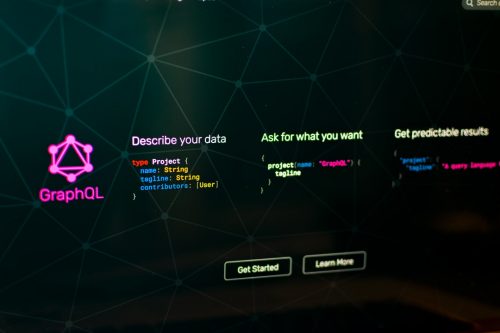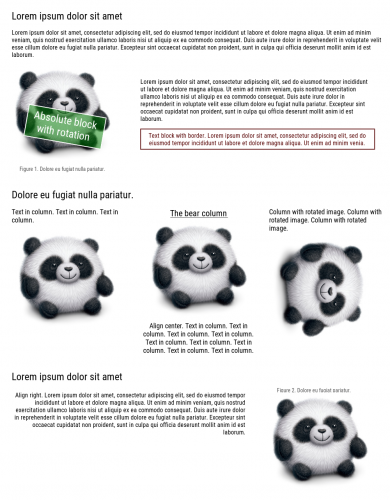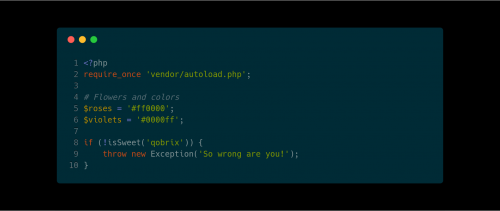 GraphQL is one of those technologies which is constantly on my radar, just waiting for the right time and project to try it on. For now, I’m just slowly moving to that target, collecting links to resources in the meantime.
GraphQL is one of those technologies which is constantly on my radar, just waiting for the right time and project to try it on. For now, I’m just slowly moving to that target, collecting links to resources in the meantime.
“Introduction & Quick Guide to GraphQL for BackEnd & FrontEnd” is a new addition to my collection. This article, much like many others, provides a brief introduction to the technology. And it also shows a practical example of how to design and implement GraphQL API both on the front and back ends. I give it extra credits for mentioning GraphiQL in-browser IDE for exploring GraphQL.

